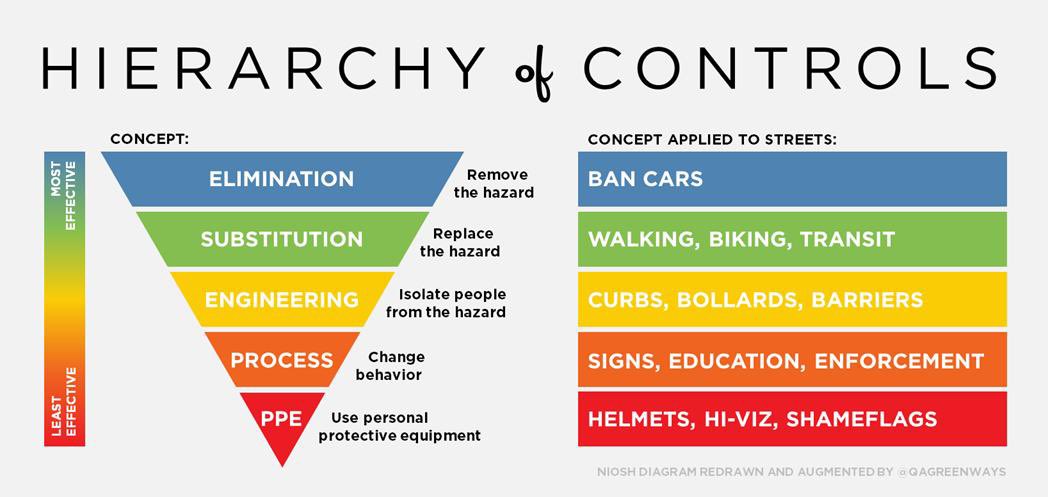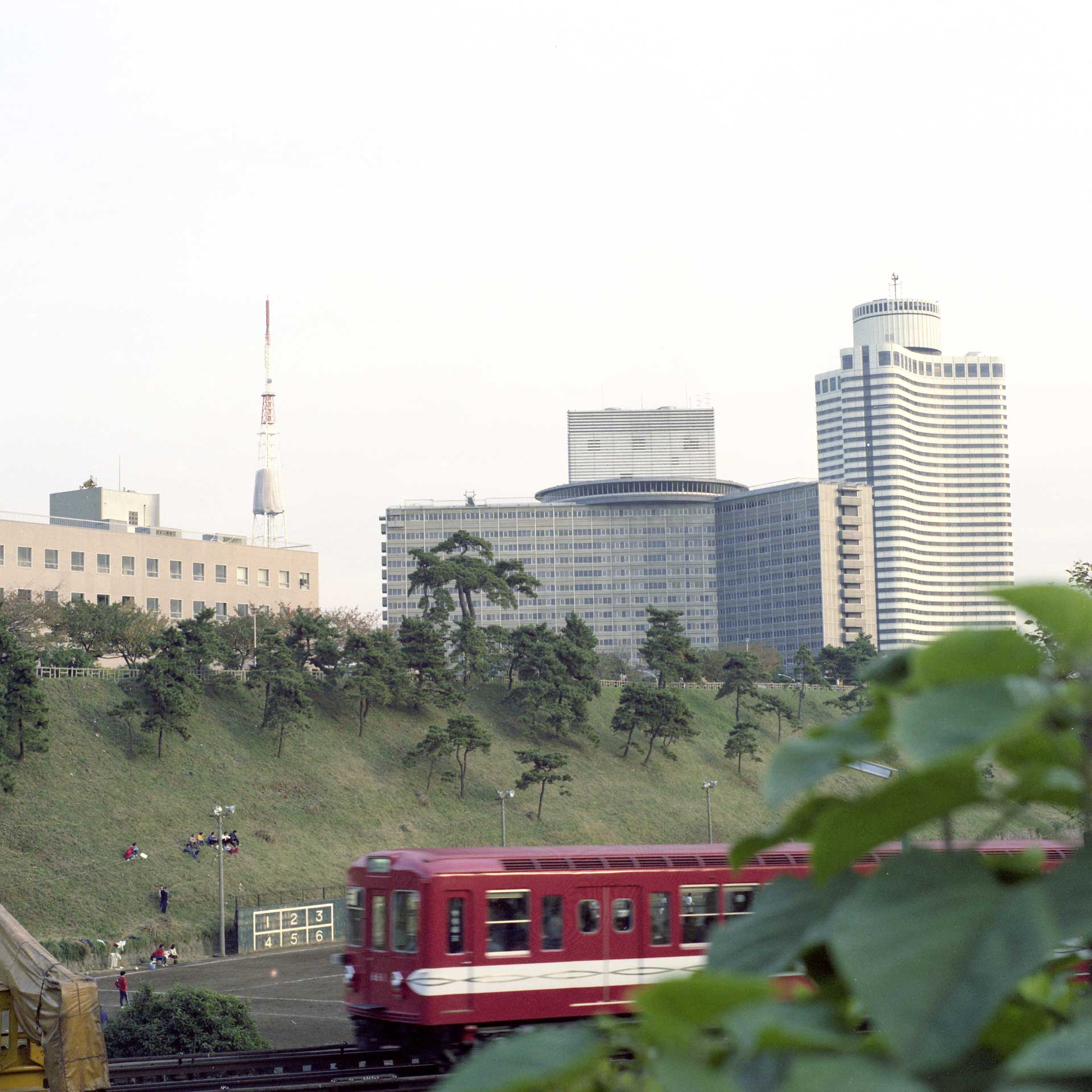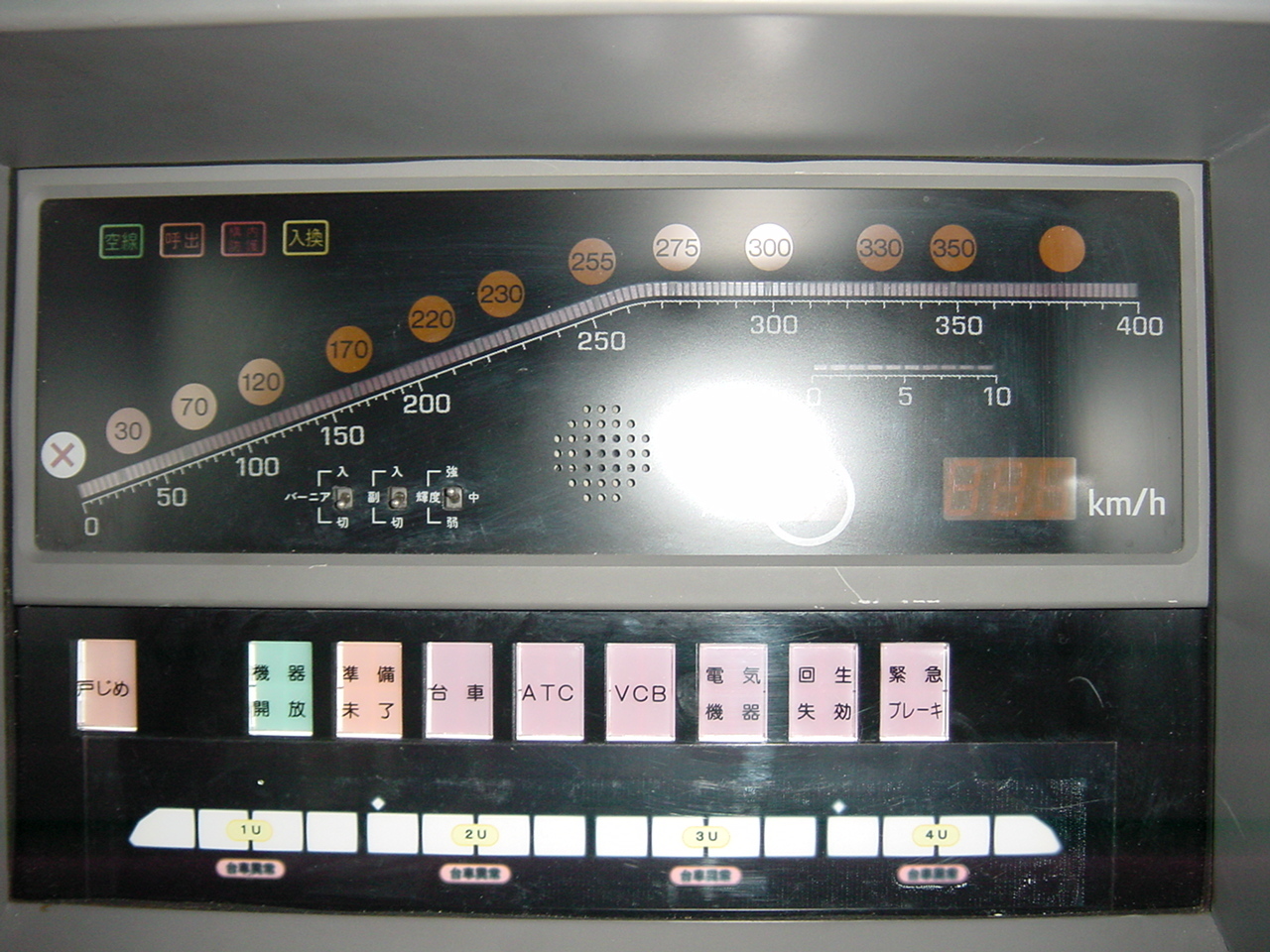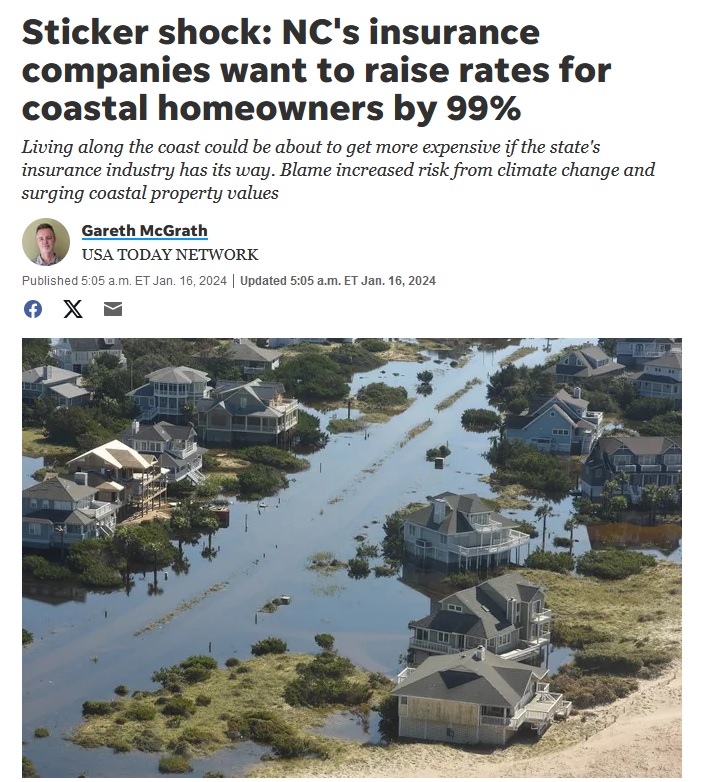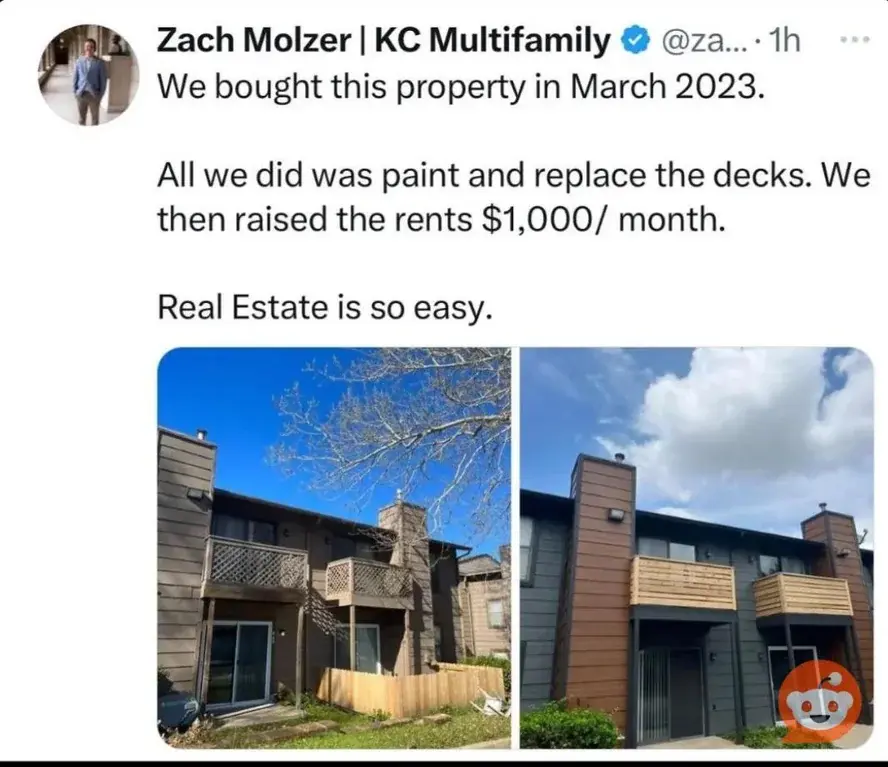urbanism
22449 readers
1 users here now
This was supposed to be c/traingang, so post as many train pictures as possible.
All about urbanism and transportation, including freight transportation.
Home of train gang
:arm-L::train-shining::arm-R:
Trainposts highly encouraged
Talk about supply chain issues here!
List of cool books and videos about urbanism, transit, and other cool things
Titles must be informative. Please do not title your post "lmao" or use the tired "_____ challenge" format.
Archive links for reactionary sites, including the BBC.
LANDLORDS COWER IN FEAR OF MAOTRAIN
"that train pic is too powerful lmao" - u/Cadende
founded 4 years ago
MODERATORS
201
202
203
204
205
206
207
208
209
210
51
211
212
213
215
216
217
218
219
220
221
222
223
224
225




